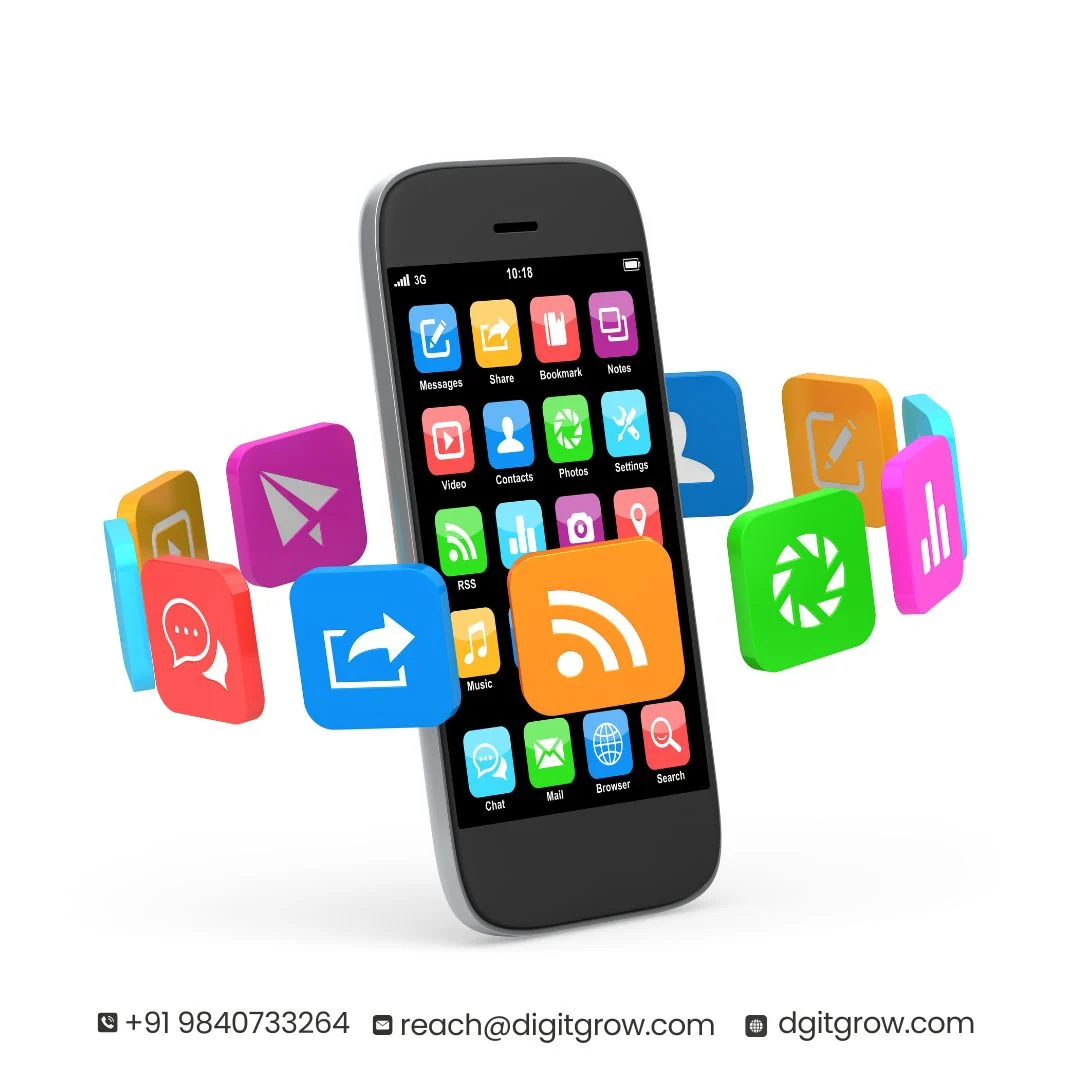Omnichannel marketing is no longer a buzzword—it’s the backbone of every smart business. As we move into 2025, it’s clear the best omni channel marketing isn’t about being everywhere, but about showing up in the right places with seamless, meaningful experiences. Let’s explore the top 7 omnichannel marketing trends in 2025 and how you can use them to create an effective omnichannel marketing strategy for businesses of any size.
1. Next-Level Personalization with AI

Artificial intelligence isn’t just hype—it’s the tool that turns customer data into personal experiences. In 2025, AI-powered personalization moves beyond names in emails. Brands are using AI to predict what shoppers will need next, suggest products, and time messages perfectly.
If you want the best omni channel marketing approach, lean into AI for things like personalized recommendations, tailored discounts, and dynamic content that makes every shopper feel special.
2. Messaging Apps as Sales Channels

Gone are the days when people used messaging apps just to chat. Now, WhatsApp, Instagram DMs, and Facebook Messenger are full-fledged buying platforms. Customers love the convenience of shopping, asking questions, and checking order details—all in one place.
To build an effective omnichannel marketing strategy, your business should be reachable (and helpful) through these channels, blending automation with real human support when needed.
3. Unifying Customer Data: One Customer, One Experience
Disjointed data means disconnected experiences. In 2025, businesses are integrating all customer information—online, offline, app, and store—so they can recognize and remember buyers across every touchpoint.
This unified approach is essential for any omnichannel marketing strategy for businesses, letting you send the right offer at the right time and build lasting customer relationships.
4. Social Commerce: Your New Storefront

Scrolling through social media can lead straight to a purchase now. Shopping directly through Instagram, Facebook, or YouTube is standard for many consumers. To stay competitive, you need your products available, discoverable, and shoppable right from those platforms.
The bonus? You reach new audiences and make it easier for loyal customers to buy again—core goals of best omni channel marketing practices.
5. AI-Driven Journey Orchestration

In 2025, customer journeys are more dynamic than ever. AI tools can predict the next step a shopper will take—whether they’ll open an email, browse the site, or switch to WhatsApp. This real-time journey mapping lets your marketing pivot as your customers do. It’s one of the top omnichannel best practices in 2025—and it keeps you relevant in every moment.
6. Privacy-First Personalization
Consumers care about their data—and regulators do, too. The best brands now rely on “privacy-first” data: information customers willingly provide. Be transparent about your data use and get explicit consent. Not only does this build trust, but you can still create powerful personalized marketing experiences. This trend will guide every omnichannel marketing agency serious about long-term results.
7. Online and Offline Merge Seamlessly
Physical stores aren’t going away; they’re just digitally enhanced. Think: QR codes, in-store mobile checkouts, and online orders picked up in-store (BOPIS). In 2025, the boundaries between digital and in-person shopping are practically invisible.
Customers might find you on Instagram, try out a product virtually, pick it up at your shop, and then get a follow-up thank-you via WhatsApp. It’s all part of a fully-connected experience—and it’s what customers expect from the best omni channel marketing.
Omnichannel Best Practices in 2025

So, having read about the top 7 omnichannel marketing trends in 2025, how do you put them into practice? Here are the key steps:
- Focus on the Customer: Understand where your buyers spend their time and how they like to shop. Build seamless paths between their favorite channels.
- Sync Up Your Messaging: Keep your voice, look, and values consistent everywhere—website, store, social, and messaging apps.
- Balance Automation and Human Touch: Use AI to help, but make it easy for people to reach a real person if needed.
- Integrate Tools and Data: Use platforms that combine all your customer data, making it easy to deliver relevant offers and service.
- Stay Ethical with Data: Always ask for permission, and clearly explain what you’re collecting and why.
- Keep Testing: Try new channels and features, run small experiments, and tweak based on what works.
- Consider an Omnichannel Marketing Agency: Sometimes an outside perspective and tech support can help you optimize your approach fast.
Conclusion
The top 7 omnichannel marketing trends in 2025 aren’t just for big brands—they’re now accessible to businesses everywhere, big or small. Stick to these trends, keep your customer at the center, and focus on blending tech with a personal touch. Soon, you’ll see your marketing strategy get results in every channel, every time.
Ready to get started? Pick a trend, try one new thing, and see how quickly your business can grow in the connected world of 2025.
Partner with DGITGROW – a leading digital marketing agency in Chennai. Call us today at 9840733264 to elevate your omnichannel marketing strategy.
Do check our GMB profile for reviews and success stories from our happy clients.
